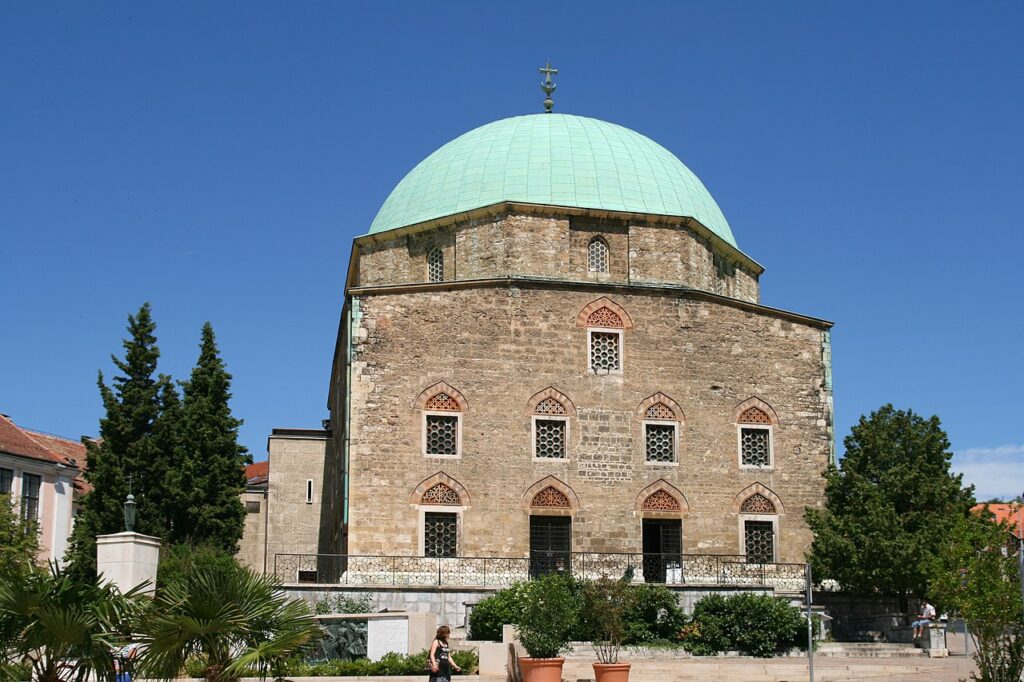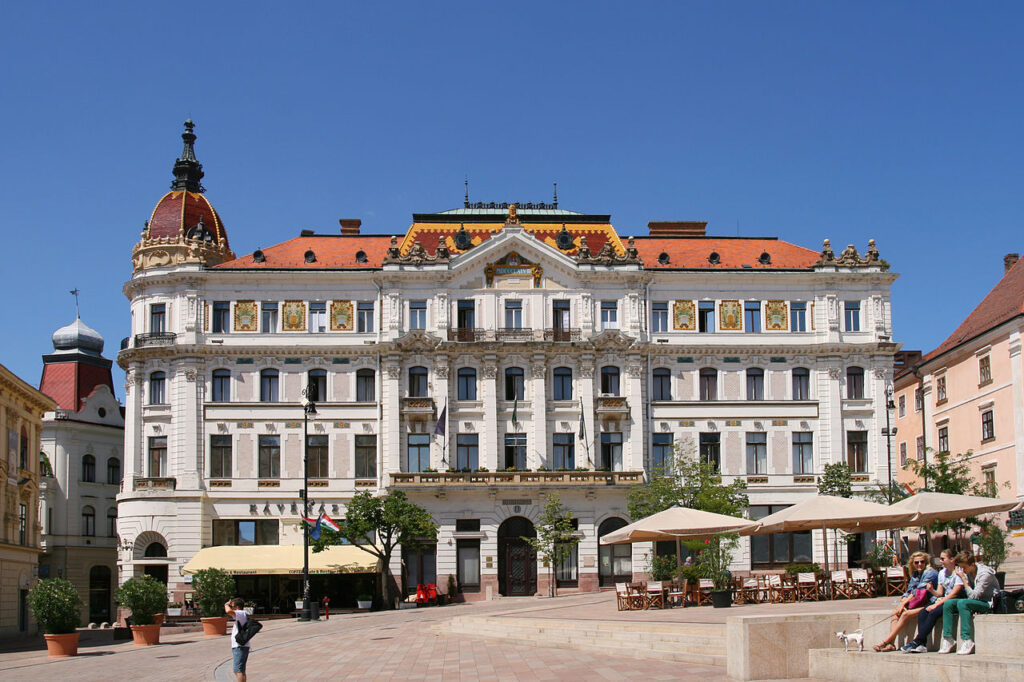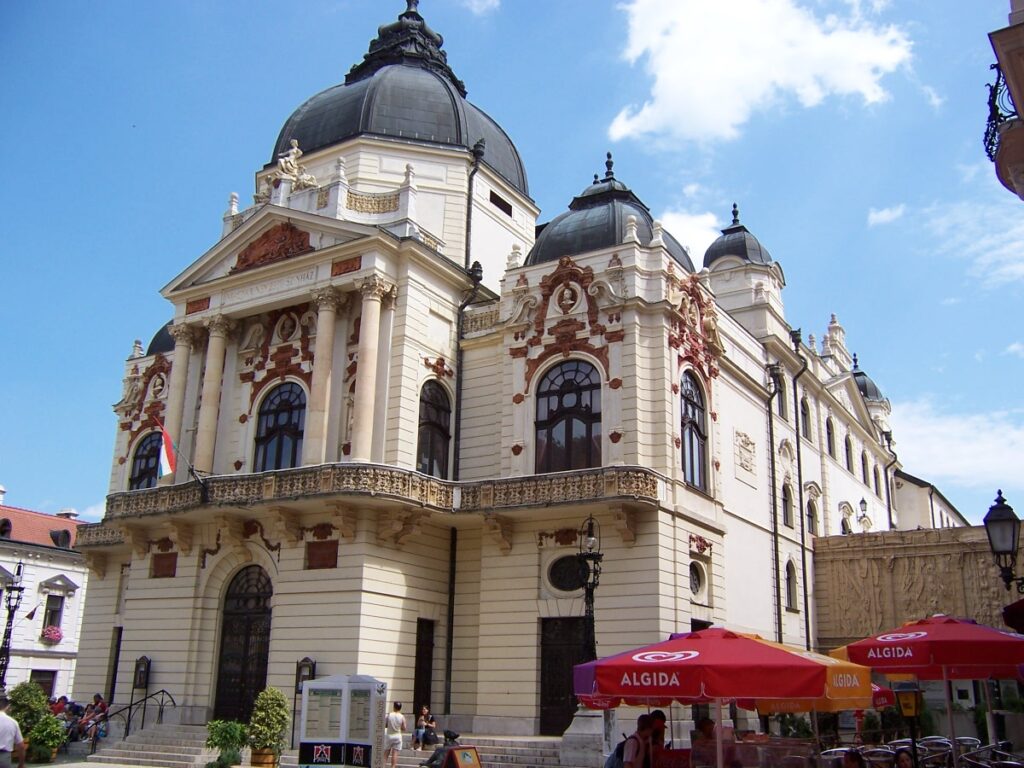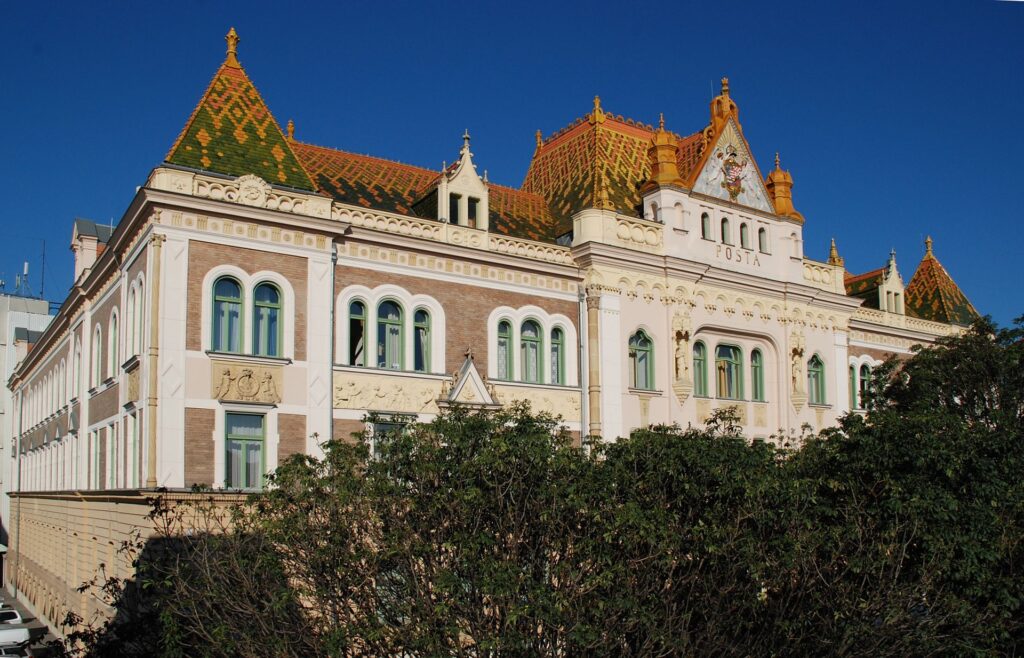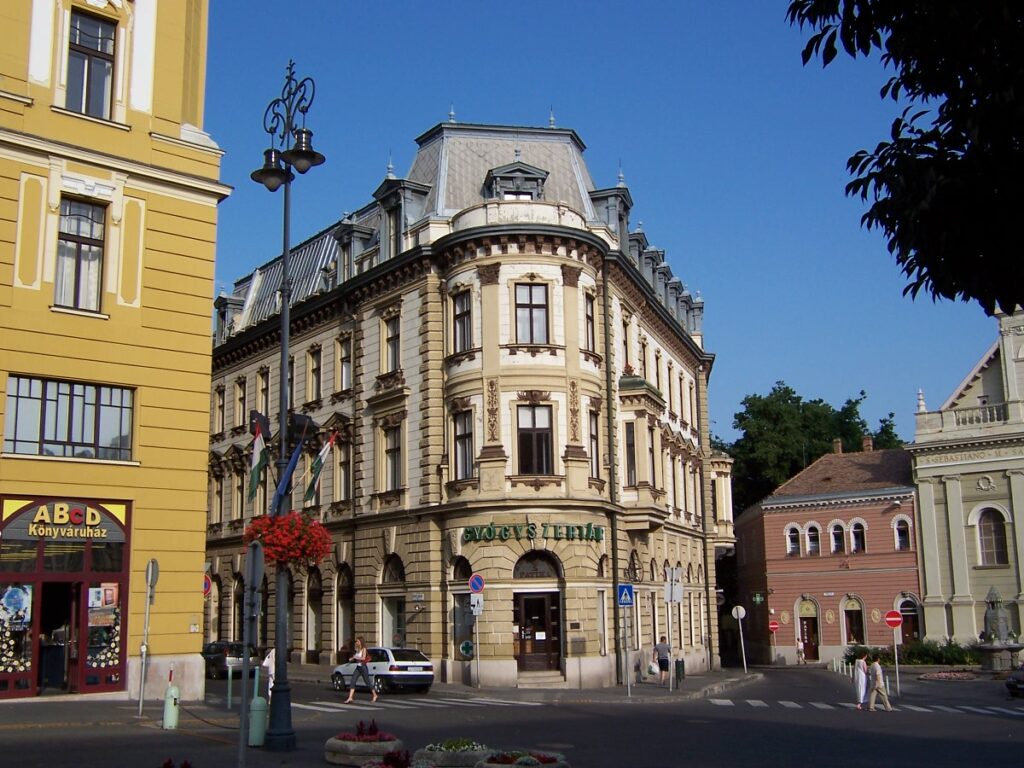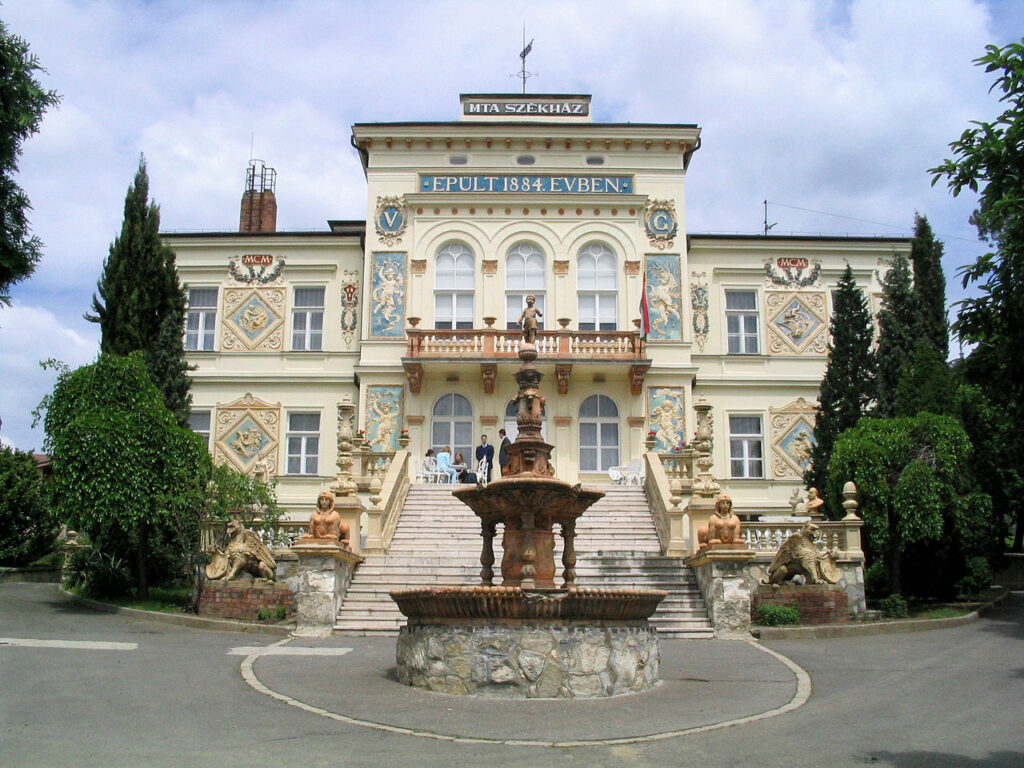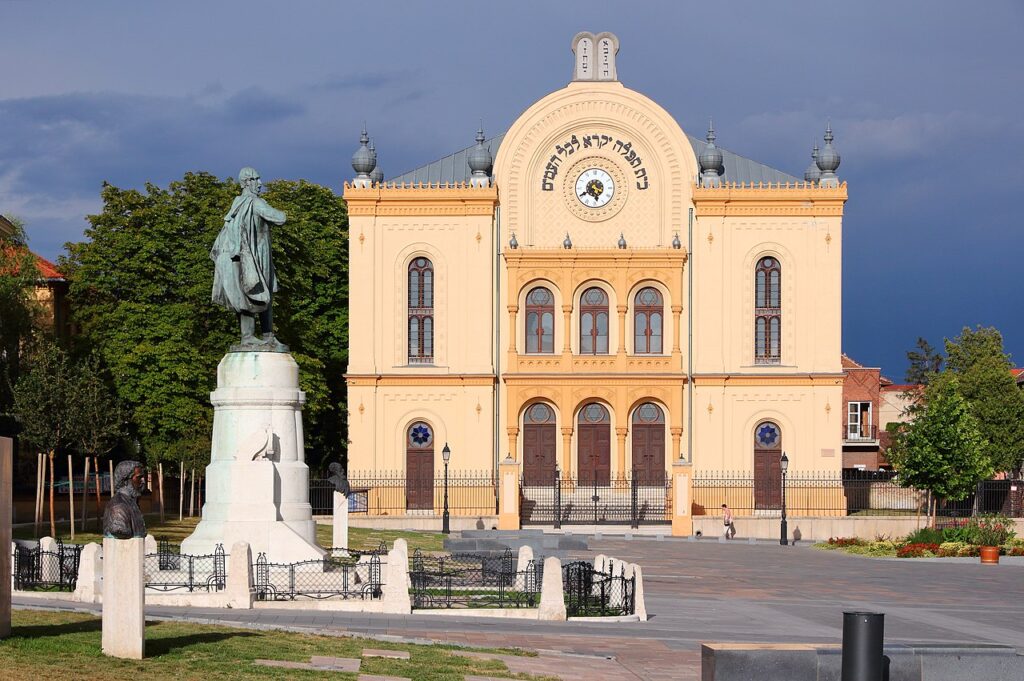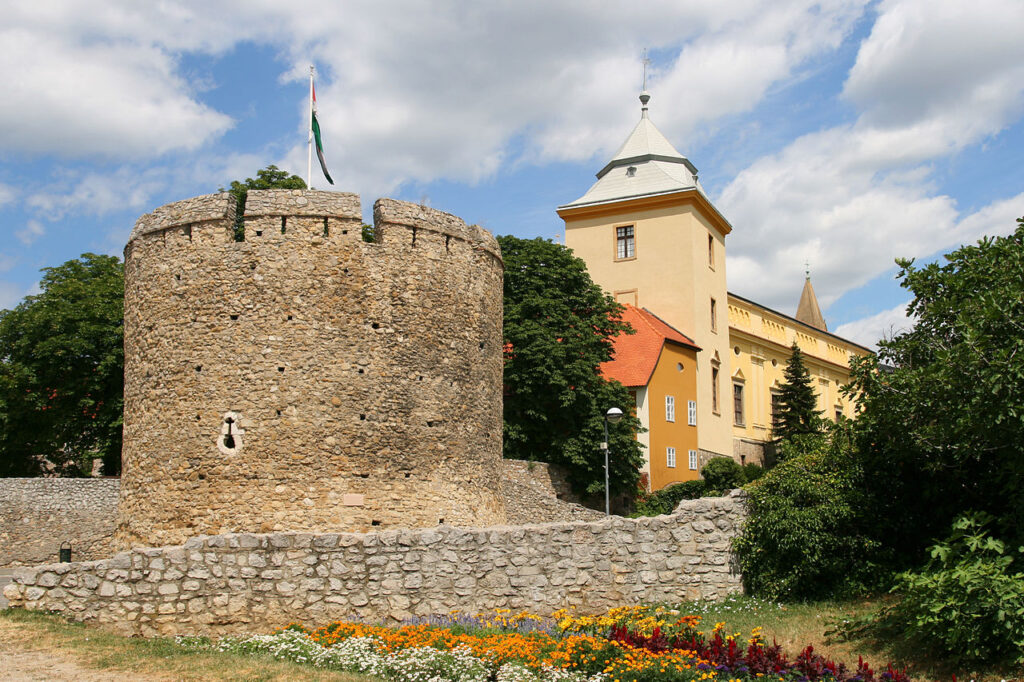The city motto is “The Borderless City”.
Pécs is the fifth largest city of Hungary, located on the slopes of the Mecsek mountains in the south-west of the country, close to its border with Croatia. It is the administrative and economic centre of Baranya County. Pécs is also the seat of the Roman Catholic Diocese of Pécs.
Pécs has a rich heritage from the age of a 150-year-long Ottoman occupation, like the mosque of Pasha Qasim the Victorious on Széchenyi square, the Tomb of İdris Baba, and the Yakovalı Hasan Paşa Mosque. The Ottoman chronicler İbrahim Peçevi (Ibrahim of Pécs), whose work forms the main body of reference for Ottoman history between 1520-1640, was a native of the city.
Pécs was historically a multi-ethnic city where many cultures intermingled, creating a melting pot of different values, the rich result of 2000 years of history. In 1998 Pécs was given the UNESCO prize “Cities for Peace” for maintaining its cultural minorities, and also for its tolerant and helping attitude toward refugees of the Yugoslav Wars.
In 2010, Pécs was selected to be the European Capital of Culture alongside Essen and Istanbul. After receiving the title major renewal started in the city. Renewed public places, streets, squares and neighbourhoods, new cultural centers, a concert hall, a new library and center and a cultural quarter were designed.
Main sights
A good example of the city’s history and interesting past can be seen in the main square, where the Gazi Kasim Mosque still stands, and, although consecrated as a church following the retreat of the Ottoman Turks centuries ago, the crescent moon of Islam is still visible on the cupola, surmounted by a cross. Indeed, Pécs is the richest town in Hungary in terms of Turkish architecture, with the ruins of Memi Pasa’s Baths and the mausoleum of miracle worker Idris Baba, just two other notable remains. The Yakovalı Hasan Paşa Mosque, dating from the mid-1500s, still functions as an active mosque today. It is open to the public except during Friday services from 2.30 to 3.30 pm.
- Necropolis of Sopianae (UNESCO World Heritage Site)
- Cella Septichora (4th century)
- The Cathedral (11th century, renovated in the 19th century).
- Hungarian Bishop’s Palace (12th century)
- University of Pécs (1367), building of the Faculty of Humanities and Faculty of Science in Ifjúság street. It includes a Botanical Garden.
- Klimo Library (1774). The first public library in Hungary, which was founded by bishop George Klimo.
- Barbakán “Tower” (15th century)
- Ruins in Tettye (1505–1521)
- Széchenyi square (main square)
- The mosque of pasha Qasim (1543–1546). Originally gothic Church: St. Bertalan Cathedral from the 13th century
- Yakovalı Hasan Paşa Mosque (16th century)
- Downtown (Houses from the Middle Ages. Baroque, Classicism, Rococo, Art Nouveau Houses)
- Nádor Hotel (1846) in Széchenyi Square
- County House in Széchenyi Square
- City Hall in Széchenyi Square
- Synagogue (1869)
- Building of the Hungarian Academy of Sciences (1884)
- National Theatre of Pécs (Nemzeti Színház), inaugurated in 1895.
- Eosin glaze of Zsolnay fountain
- Posta (Post) Palace
- Hungaricum House
- Janus Pannonius Museum
- Renaissance Museum
- Csontváry Museum
- Zsolnay Museum
- Victor Vasarely Museum
- Amerigo Tot Museum
- Ethnographic Museum in Pécs
- Natural History Museum in Pécs
- Szerecsen Chemist’s Museum
- Gallery of Pécs
- Museum Street
- Zsolnay Mausoleum
- Bóbita (punch and judy show)
- Janus (Pannonius) Theatre
- Croatian Theatre in Pécs
- Third Theatre
- Zoological Garden in Pécs
- Love padlocks
- Magasház (formerly – was deconstructed in 2016)
- TV-Tower in Mecsek Mountain (1960)

